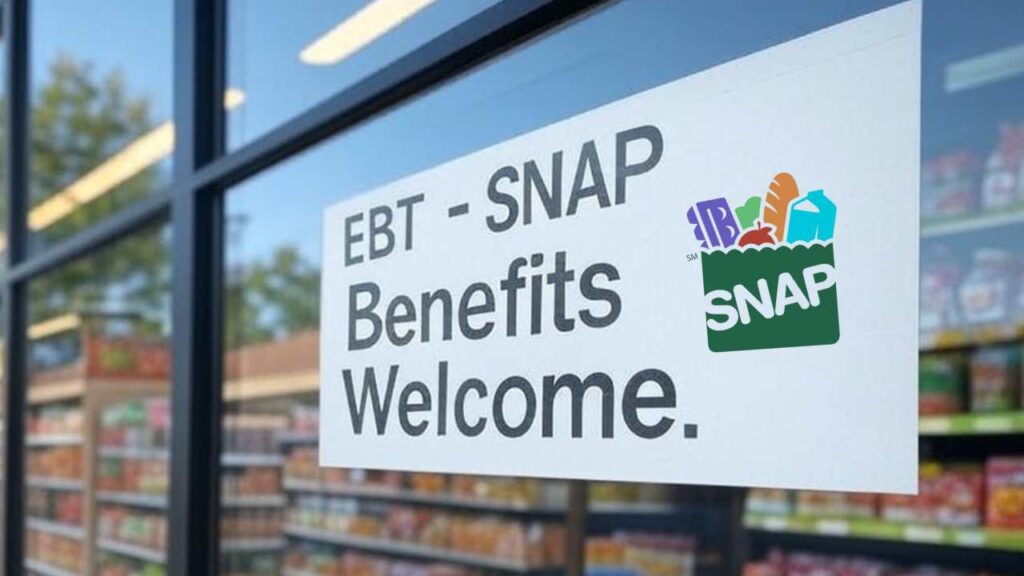As the U.S. federal government shutdown drags on into its third week, the Department of Agriculture is warning about potential interruptions in key food help schemes, such as the Supplemental Nutrition Assistance Program (SNAP benefits).
In a recent warning to state officials, USDA leaders warned that if the spending freeze drags on, there may be a lack of funds to fully cover SNAP benefits next month, which would leave millions of low income families unable to buy staples.
SNAP benefits: the impact of the government shutdown
This shutdown, which started on October 1, 2025, comes from a clash in Congress over funding for fiscal year 2026. Without a deal soon, important services in many areas are being stopped, and SNAP food stamps is becoming one of the most seen victims.
According to internal USDA messages dated October 10, the agency does not have the needed funds to pay full November payments for around 42 million people who get benefits across the country if the problem goes past this month.
This number matches recent data from the program, which covers around 12 of the US population that depends on these month-to-month payments to buy groceries through electronic benefits transfer EBT cards. H
SNAP is given through a joint system where federal money is sent to states, which then work with private companies to put benefits onto the cards of those who get them.
SNAP payments for October 2025 are safe, but…
October’s deposits they were processed and committed before the end of the last fiscal year using old funding. But, the program depends on yearly funding from Congress, and without new money, November payments are up in the air. The warning letter, signed by Acting SNAP Director Ronald Ward, tells states to stop sending November benefit records to EBT companies until they get new orders.
There are backup plans, such as extra money from past years and a reserve fund that, under past governments, was around 6 billion. But, experts worry about the current levels of these reserves and if the Trump government would choose to use them in the middle of the emergency.
Support groups, like the Food Research and Action Center, have stressed that even though October payments are safe, a long shutdown might delay or cut November food stamps, making food insecurity worse just before the holiday season.
States get prepared for the SNAP benefits defunding
In different parts of the country, state groups are ready for the worst. In North Carolina, for example, health officials are looking at the local impact and have shared the USDA letter, trying to tell people about possible problems.
States like Wisconsin and Minnesota have also warned people who get benefits, and in Minnesota, the Department of Children, Youth and Families plans to warn recipients by October 21 if there is no progress.
These groups face office load by stopping data drops, which might make it hard to restart benefits even if funding is suddenly fixed.
Maximum SNAP benefit payments approved in October
For FY2026, which runs from October 2025 to September 2026, for a one-person family, the maximum benefit rises from $292 in FY2025 to $298, a rise of $6 that amounts to a few more dollars a week for needed buys.
For two-person families, the amount rises from $535 to $546, giving an extra space of $11 for couples or people with kids. For three-person families, the change raises the cap from $766 to $782, a 16 rise that can help in the buy of fresh and healthy foods.
Lastly, for a family of four the most common average family size the month-to-month maximum hits $994, a jump of $19 from $975 in the last time, helping to ease the blow of high supermarket prices.
